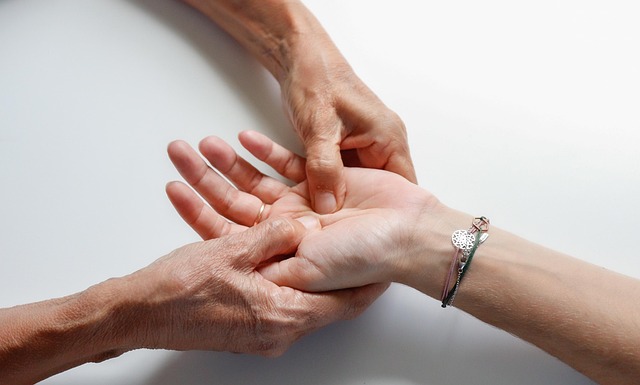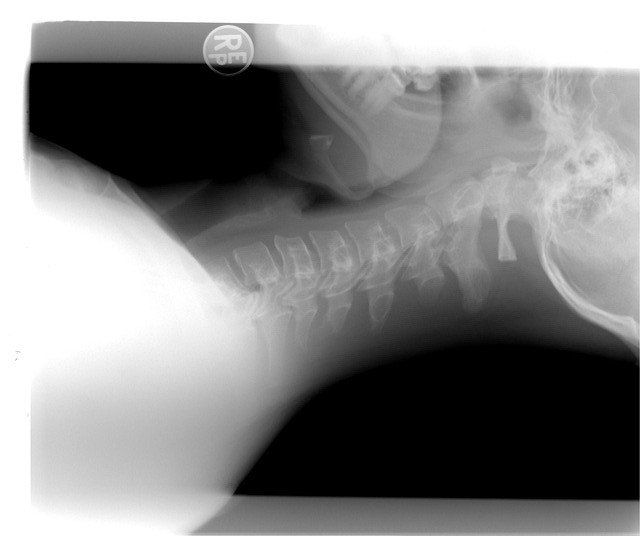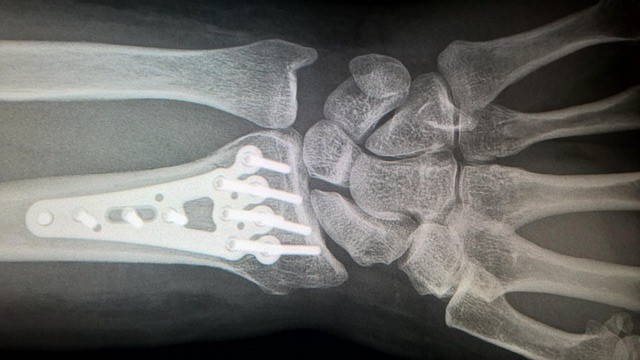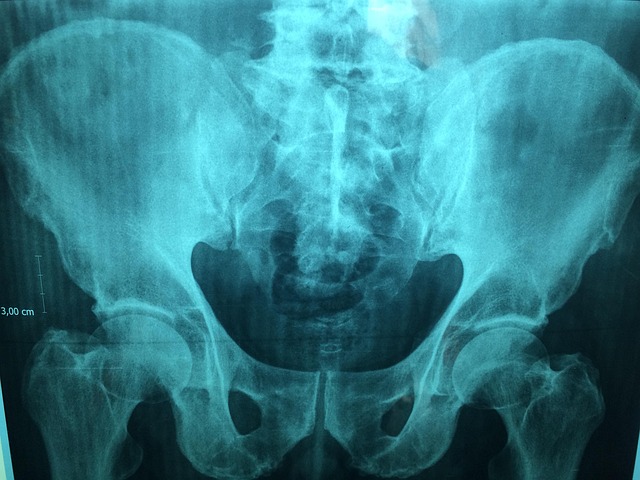An ulnar styloid fracture is a break in the small bony projection at the distal end of the ulna (the ulnar styloid process). Often this injury occurs in association with a wrist fracture, particularly...
Ulnar tunnel syndrome, also known as entrapment of the ulnar nerve at the wrist, involves compression of the ulnar nerve as it passes through the ulnar tunnel (or Guyon’s canal) near the wrist. This c...
A vertebral fracture is a break, crack or collapse of one or more of the bones (vertebrae) in the spinal column. These fractures may occur as a result of high-energy trauma, such as a vehicle collisio...
A wrist fracture refers to a break in one or more of the bones around the wrist joint, most commonly the distal end of the radius. Because the wrist plays a key role in hand movement, grip strength an...
Alkaptonuria arthropathy is a joint condition that develops in individuals with Alkaptonuria, a rare metabolic disorder. In this condition, excess homogentisic acid accumulates and deposits in joint c...




